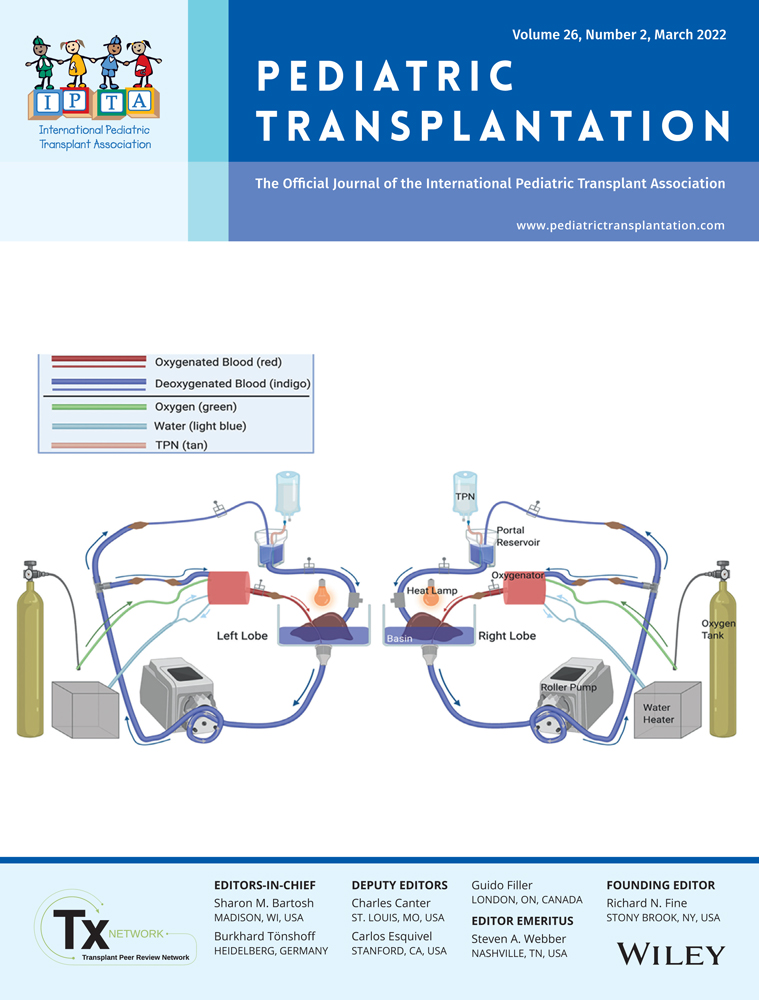Tacrolimus-induced acute pancreatitis and diabetic ketoacidosis (DKA) in pediatric kidney transplant recipient
Abstract
Background
Calcineurin inhibitors (CNIs) are often associated with abnormalities in glucose and lipid metabolism. Tacrolimus is the most potent CNI which is nowadays used almost universally as a part of triple-drug immunosuppression after kidney transplantation. Tacrolimus can cause islet cell damage and decrease in insulin secretion which can lead to post-transplant diabetes mellitus and rarely diabetic ketoacidosis. Although rare, acute pancreatitis has also been implicated by a few case reports to be associated with tacrolimus. However, tacrolimus-induced acute pancreatitis has not been reported in pediatric kidney transplant recipient till date.
Case Description
We report the first case of tacrolimus-induced acute pancreatitis in association with hypertriglyceridemia and DKA in a child early after kidney transplant. The patient was managed with supportive treatment, and tacrolimus was stopped for three days and then switched to cyclosporine-based regimen. The patient became euglycemic within 8 weeks of switching to cyclosporine and did not have any recurrence of pancreatitis.
Conclusion
Tacrolimus-induced pancreatitis is rare in the setting of kidney transplants and prompt diagnosis and management can lead to a successful outcome.
CONFLICT OF INTEREST
None declared.
Open Research
DATA AVAILABILITY STATEMENT
The data that support the findings have been disclosed in the article and the remaining information are available on request from the corresponding author.




